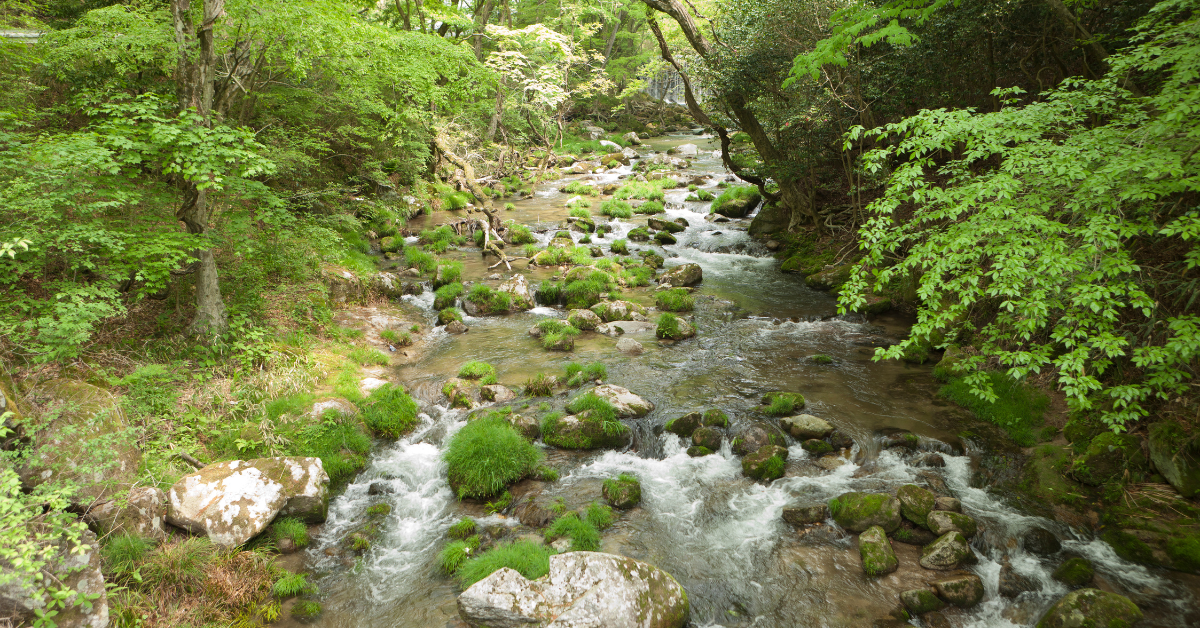Ibaraki Prefecture, known for its abundant nature and deep-rooted traditions, is home to numerous power spots—places believed to offer spiritual energy and positive vibes. From ancient shrines to mystical mountains, these locations attract visitors seeking peace, renewal, and a boost of luck. In this article, we introduce Ibaraki’s most famous power spots and explore their unique attractions.
What Are Power Spots in Ibaraki?
Sacred Sites Surrounded by Nature
Thanks to its diverse landscapes—mountains, rivers, forests, and coastline—Ibaraki has long been considered a region filled with natural energy. Many of its shrines and temples are located in areas where the flow of “ki” (life energy) is believed to be particularly strong.
These power spots offer visitors a chance to reconnect with nature and themselves, providing a sense of purification and inspiration through their serene environments.
Why Ibaraki Has So Many Spiritual Sites
Historically known as “Hitachi Province,” Ibaraki has been a central region for both politics and religion in eastern Japan. Many shrines and temples were established centuries ago, and the combination of historical significance and untouched nature contributes to their powerful presence.
The Most Famous Power Spots in Ibaraki
Kashima Jingu Shrine
Located in Kashima City, Kashima Jingu is one of the oldest Shinto shrines in eastern Japan. Dedicated to Takemikazuchi-no-Ōkami, the god of martial arts, this shrine is believed to grant strength in decision-making, success in competition, and courage in action.
Its sacred “Kaname-ishi” (Key Stone) is said to have the power to suppress earthquakes, adding a deep sense of mystery to the site.
Oiwa Shrine
Nestled in the mountains of Hitachi City, Oiwa Shrine is famous for enshrining numerous deities from Japanese mythology. Climbing the sacred Mt. Oiwa, located behind the shrine, is believed to purify the spirit and energize the body.
As a place of ancient mountain worship and ascetic training, Oiwa Shrine offers visitors a spiritual journey beyond ordinary sightseeing.
Here is a comparison of the two representative power spots:
| Spot Name | Blessings Offered | Notable Features |
|---|---|---|
| Kashima Jingu | Victory, decisiveness, physical strength | Kaname-ishi, inner shrine |
| Oiwa Shrine | Purification, peace of mind, energy boost | Mt. Oiwa, sacred cedar trees |
The Appeal of Visiting Power Spots
A Journey to Refresh Mind and Body
One of the main reasons people visit power spots is to feel connected with nature and achieve inner balance. In the calm atmosphere of shrines and forests, many people experience emotional healing, clarity of thought, and renewed energy.
Reported benefits include:
- Reduced stress and fatigue
- Mental clarity and decision-making
- Enhanced creativity and focus
While not scientifically proven, many visitors attribute these effects to the natural and spiritual energy that flows through such places.
Etiquette When Visiting Sacred Sites
Since power spots are sacred places, proper manners should always be observed. Keep the following etiquette in mind:
- Keep voices low and behave respectfully
- Ask for permission before taking photos
- Take all trash with you
- Avoid entering restricted or sacred areas
Being mindful and respectful of the surroundings will allow you to receive the full spiritual benefits of the site.
Conclusion
Ibaraki Prefecture is filled with spiritually rich destinations where nature and history come together. Whether it’s the powerful energy of Kashima Jingu or the mystical atmosphere of Oiwa Shrine, each location offers something unique to refresh your spirit.
If you’re looking for a break from the busy city life, a visit to Ibaraki’s power spots may be the perfect way to reconnect with yourself and find a new sense of direction.






